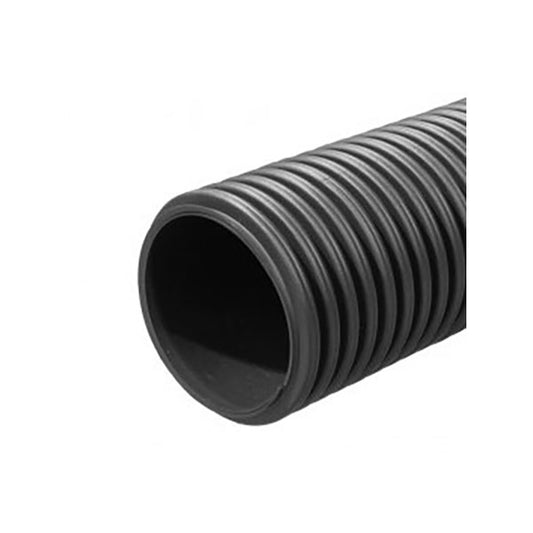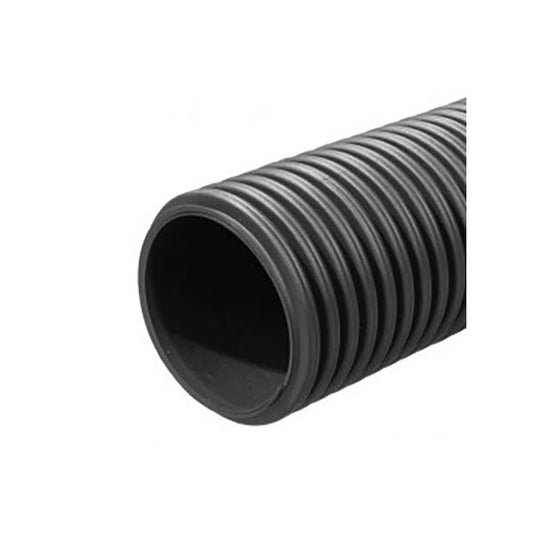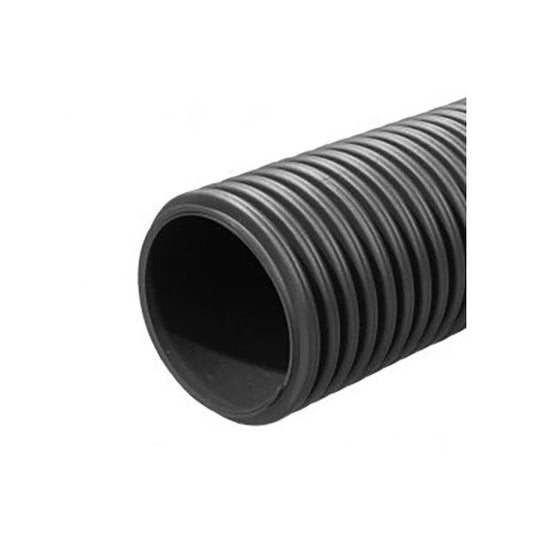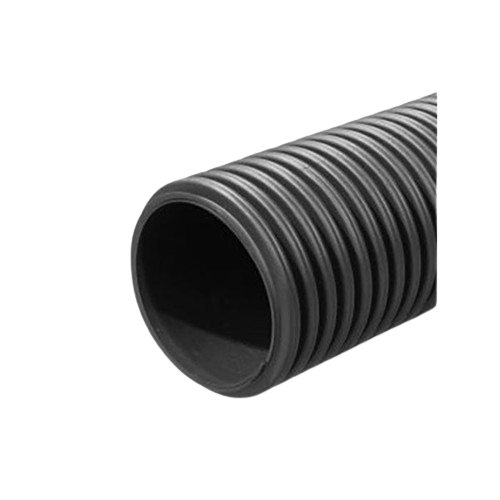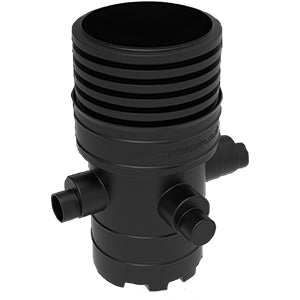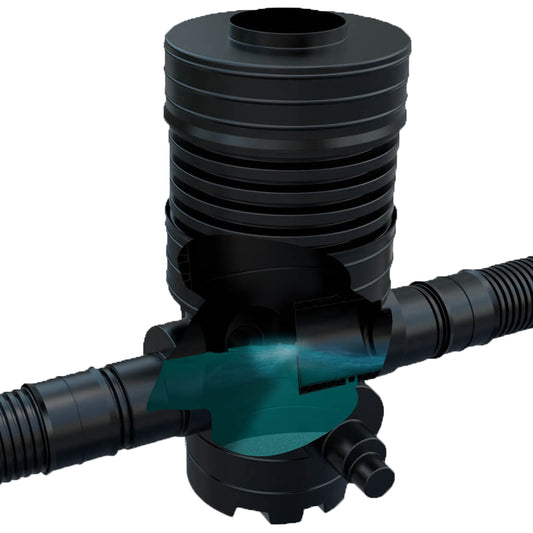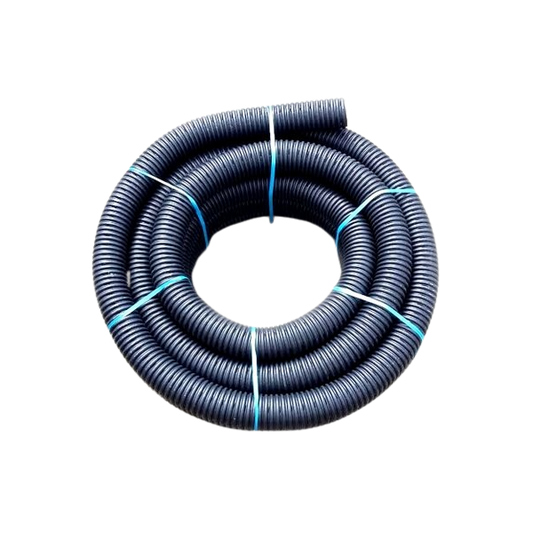Contents
Introduction
Black-grass is every farmer’s worst nightmare. It’s one of the biggest challenges to profitable arable farming in the main wheat growing areas of the UK. Whilst there are a number of ways to tackle it, one of the most effective techniques is to go back to basics and actually focus on improving land drainage.
The year 2023 has seen unseasonal conditions affecting black grass management. The early warm and dry weather influenced crop canopy development, reducing competition among crops. However, this led to variable results in spring due to higher-than-normal rainfall affecting the timing of graminicide application.
What causes black grass to thrive?
Although considered a relatively new weed, black-grass has become more problematic for farmers in the last 50 years, especially as it’s resistant to herbicides. It thrives in wet, waterlogged and poor draining soils, which means it’s vital that farmers keep on top of drainage, compaction and soil conditions.
Blocked drains and overflowing ditches will only assist this weed in its survival. Where there are high populations of black-grass, this can suggest that drainage issues lie underground, with more dense patches indicating specific problem areas in the field.
We’ve found that whilst techniques such as delaying drilling or introducing rotational cropping are important for tackling this nuisance weed, targeting wet soils should be one of the first priorities.
The combination of more extreme wet weather and failing land drain systems are exasperating this issue. Many land drainage systems were installed in the 1960/70s, when grants were freely available, but unfortunately many of these systems are now failing due to old age and this is leading to poorly drained fields.
How to tackle black grass by focusing on poorly drained soils?
The autumn months are the best time to get on top of any drainage issues as it provides a window of opportunity to undertake land drainage maintenance as well as identify problem areas so that you make a plan of action. Here’s our guide to the things you can do to banish black grass through better drainage.
1) Check land drain systems are working properly
Check that your land drain systems are not blocked or damaged and water can run freely through them. They can often become blocked from a build up of silt or tree root ingress. The best time to check this is just after a storm. Click here to read our blog on what to look for.
2) Maintain drainage ditches
Drainage ditches can become blocked with silt and tree debris causing them to overflow during periods of heavy rain. Periodic cutting or clearing in artificial ditches is recommended as it can help avoid the need for drastic work in future years. To find out more about what maintenance is required, click here to read our blog.
3) Maintain your culverts, headwalls and outfalls
It’s important to check your culverts, headwalls and outfalls for signs of blockages and damage. If a blockage is identified, these should be cleared. To find out what to look for, click here to read our blog.
4) Avoid compaction associated with field traffic
When soils are wet, try to avoid further compaction from field traffic as this can exasperate poor field drainage and poor weed control. Things to consider are tyre pressure. Dual wheels can especially cause issues so try reducing the axle total carrying capacity on these when compared to using singles and make sure that all tyre pressures are identical for the inside and outside pairs. Other things to consider are checking wheelings post-harvest time to see if the soil needs to be loosened, avoid cultivating to the same depths as before and minimise surface disturbance ahead of stale seedbeds.
5) Undertake mole draining
Mole draining is an operation to optimise the performance of your field-drainage system. Mole draining is carried out across the direction of an installed land drainage scheme and joins up the land between the lateral drains. Ideally, mole draining should be carried out at least every 5 years. During the first few years of its installation, we recommend undertaking an annual programme. To find out more about mole draining, click here to read our blog.
6) Install a new land drainage system
If you need a new land drainage system, this could make a big difference to your drainage and black-grass issues. Read our article on your expected return on investment by clicking here. Once you have made the decision, the first thing you will need to consider is your workload. It’s wise to plan its installation to ensure contractors can come in between harvesting the outgoing crop and planting the new crop. It can sometimes work better to carry this out in your rotation if you have plans for spring cropping, this is simply because it allows for a bigger work window. To find out more about how to plan for a new land drainage scheme, please click here.
How can we help?
Our background is in farming so we understand your needs – our MD’s family have been farming for generations. We are also specialists in land drainage and supply a wide range of products at cost-competitive prices, including land drainage coil, twinwall pipe and large diameter structural pipe. Our team of specialists can provide you with expert advice. Call us today on 0121 351 3230.
Alternatively, fill out our enquiry form:






